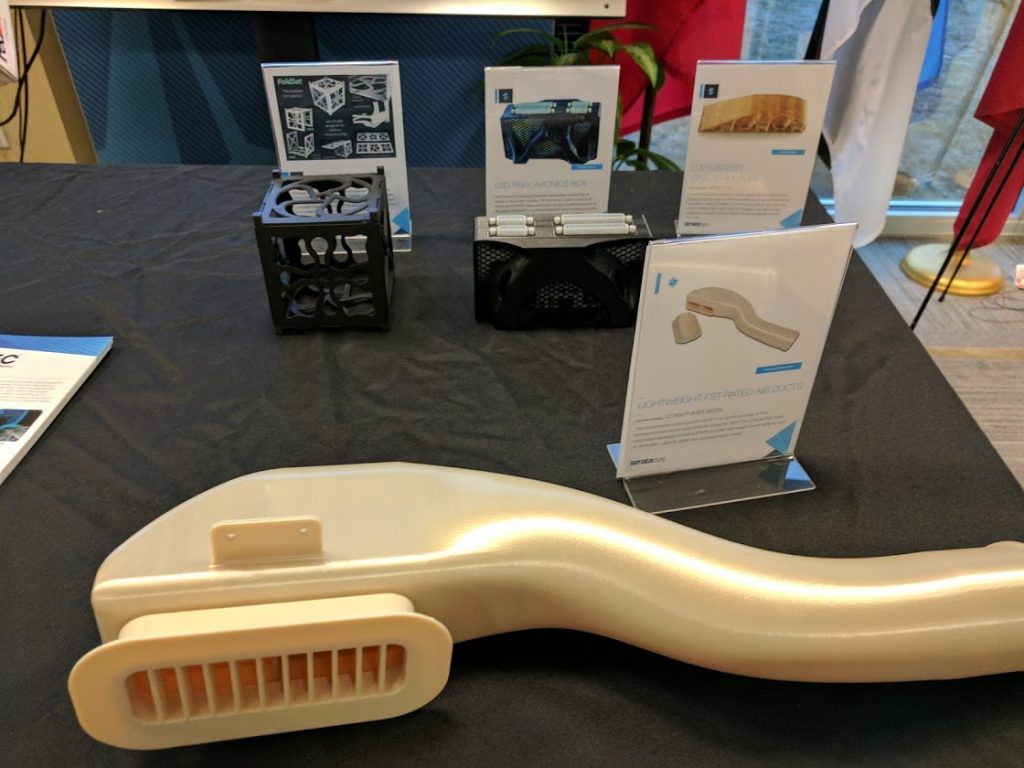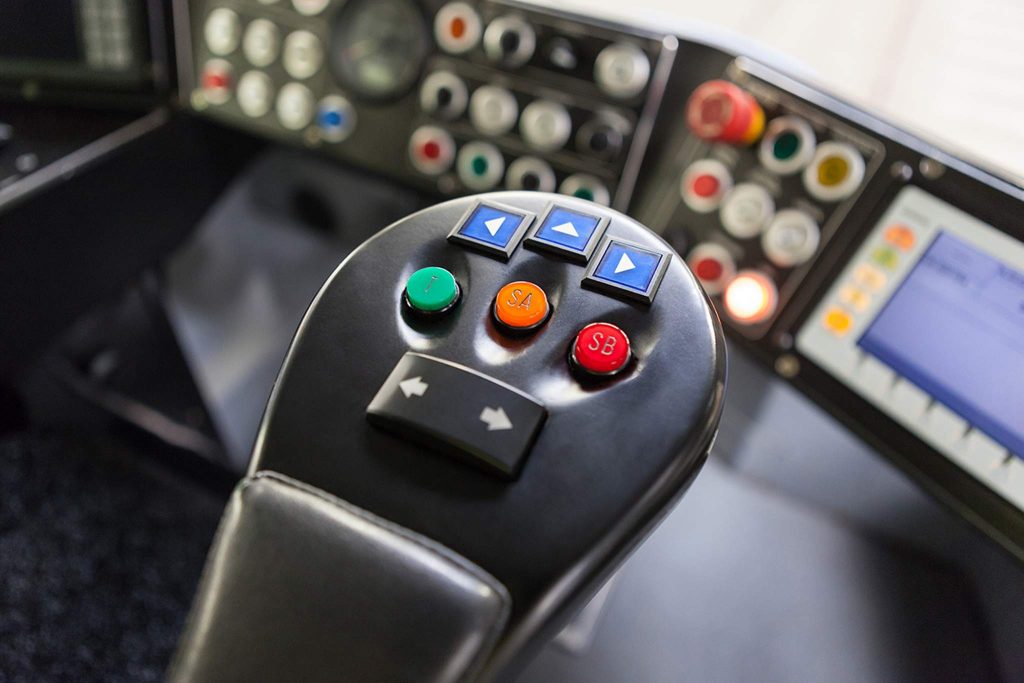3D Printing Industry is taking an in depth look at how additive manufacturing is moving to production. Over the coming weeks the results of interviews with industry leading practitioners will be published.
This article is part of a series examining Trends in Additive Manufacturing for End-Use Production.
Scott Sevcik is Stratasys Vice President, Manufacturing Solutions, Aerospace, Automotive and Tooling Business. As the inventors of FDM 3D printing Stratasys is one of the world’s leading 3D printing experts.
3D Printing Industry: What is your percentage estimate of how much your printers are used for production versus other applications?
Scott Sevcik: Stratasys has been delivering a range of 3D printers to the market for nearly 30 years, so we have a very significant installed base, ranging from desktop systems up to industrial equipment.
In our industrial equipment segment, an increasing number of our FDM-based Fortus 450 and Fortus 900mc 3D printers are being tasked with production jobs. Over the last several years many of these systems have shared duty with prototyping and rapid tooling, but we’re now seeing more systems fully dedicated to production use.
3DPI: Do you have an estimate of the addressable market for Additive Manufacturing in production?
SS: Global manufacturing is a multi-trillion dollar industry. The AM technologies that exist today can address only a small percentage of manufacturing applications, but that already measures in the billions.
As more industrial technologies improve in repeatability and offer higher-performance materials, the addressable portion of the broader manufacturing market continues to grow. The market numbers are staggering, but no one technology will address the full market. Multiple AM technologies that meet the needs of different application spaces will be required to satisfy the customer need.
3DPI: Which industries/verticals are leading in the use of Additive Manufacturing for production?
SS: Aerospace was an early adopter and continues to provide a very strong pull for AM in general, and FDM technology in particular.
There is strong interest in automotive and other transportation industries that is building now. Industries that benefit from light weighting or have complex and constraining supply chains are gravitating to AM as it becomes more and more apparent that certain AM technologies can meet the need of a production environment.

3DPI: What barriers does Additive Manufacturing face for production and how are these surmountable?
SS: The biggest constraint, and the one we have focused on for some time is the ability to qualify materials and processes for high requirements industries. This really shifts the application space from a few parts to tens of thousands in a single step. By driving down variability, and putting in place the traceability and quality control required by the aerospace industry, we’ve been able to build systems that are well suited for aircraft interior parts. We’ve been working closely with America Makes, the Air Force, the National Institute of Aviation Research, and the FAA, not only to qualify the FDM process, but to set a new standard for the qualification of future additive processes and materials.
3DPI: Are there any notable trends in Additive Manufacturing for end use production?
SS: The most notable trend I’ve seen is simply in credibility.
Two or three years ago, only the leading edge of aerospace companies believed in 3D printing as a viable production technology. Since then, the advances in the industry, balanced with the heightened awareness of the additive value proposition, has shifted conversations from ‘Is this possible’ to ‘How do I start.’

3DPI: Can you name any specific case studies where AM is used for end use production?
SS: While very few companies are willing to share the extent to which they utilize AM for production, we’ve had the opportunity to share several very significant examples. NASA has shared that they have installed printed parts on the ICESAT-2 satellite that were produced with a custom-created ESD PEKK material we produced for them.
United Launch Alliance has gone a step further with their Atlas V rocket. Since early 2016, every Atlas V has launched with several dozen parts produced on Stratasys FDM equipment. One example they have shared is the replacement of an aluminum ducting system with printed parts. It provided a reduction in part count from 140 to 16 and an overall savings of 57%.
And one of the most significant examples is Airbus. We were able to share in 2015 that Airbus had qualified Stratasys FDM technology for flight on the A350-XWB, and that more than a thousand parts had already been produced. Since then, we’ve been able to share that Airbus has standardized on Stratasys FDM for a range of aircraft interior components and has begun taking production deliveries of printed parts from their supply chain, including our own Stratasys Direct Manufacturing.
This article is part of a series examining Trends in Additive Manufacturing for End-Use Production.
You can read more about Stratasys here.
If you found this insight useful, then subscribe to our newsletter and follow us on social media.
Featured image shows Stratasys demonstrating 3D printing applications for McClaren at TCT 2017. Photo by Michael Petch.


